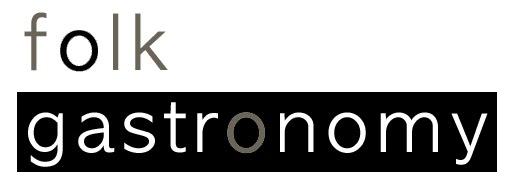once predominantly the enterprise of beasts of burden, agricultural servitude has, in some instances, been replaced by technology. as a result, the field of view for the carnivore has been diversified with a greater depth of field. take the cow in korea. once a cultural index of productivity and work in the rice fields, cows were regarded as servants and seen as equal to human servants, earning themselves a holiday during cow day of the lunar new year. as reliance on the cow decreased, so did rise the frequency of cross-breeding for perceived values like intense marbling and high percentages of oleaginous unsaturated fat meat. breeds like han-u and wagyu could not retain their culinary status if they were to be subjected to servitude.
but with this shift has likely been a change in the cultural association and relationship we have with the animal- where the cow was once implement in the production of rice and nutrition, now it is primarily social and gastronomic. while the purpose of the cow in both cases serves the furnishings of man, it is the interdependent narrative we have with the servant cow that adds an additional layer of value and care as compared to the allegorical, genetic commodity of cows today.
another question is what informs a culture's perception of value. in the case of the han-u and wagyu, enhanced flavors, juiciness, and tenderness are the chemical and physical sentinels of fat and under-stressed tissue- attributes contingent on the freshness of the kill. is it the proximity to the sentient, living being we are wantonly becoming ourselves- the closest derivative we can imagine to supplant the taste of our own fat and under-stressed tissue? why is it not the gamey, tenderized saddle-cured strips from mongolian horsemen? is it the intellectual and generational experience?
zizek would explain, the point is to avoid the properly fetishistic fascination of the content supposedly hidden behind the form: the secret to be unveiled through analysis is not the content hidden by the form of commodities but, on the contrary, the secret of this form itself. the real problem is not to penetrate to the hidden kernel of the commodity, but to explain why work assumed the form of the value of a commodity, why it can affirm its social character only in the commodity-form of its product.


No comments:
Post a Comment